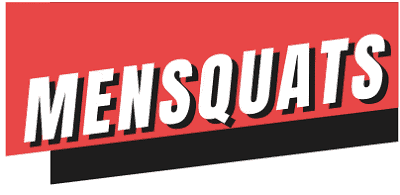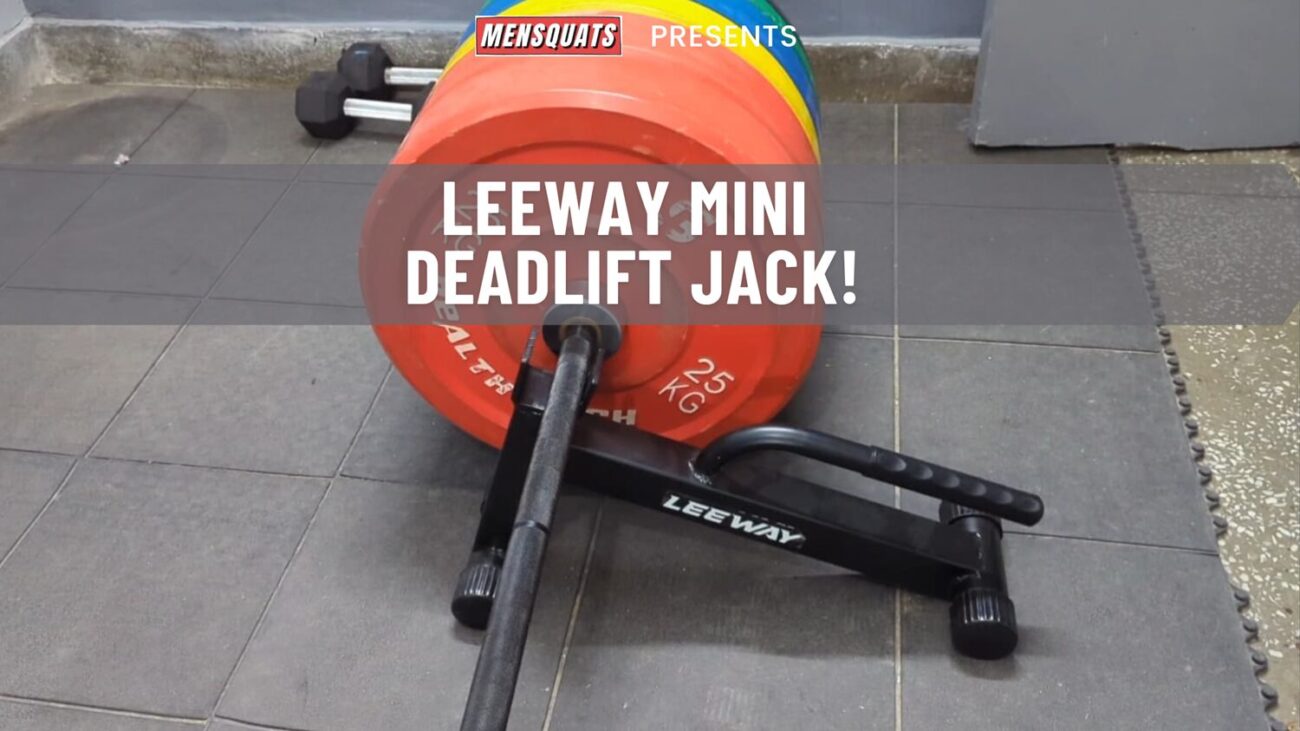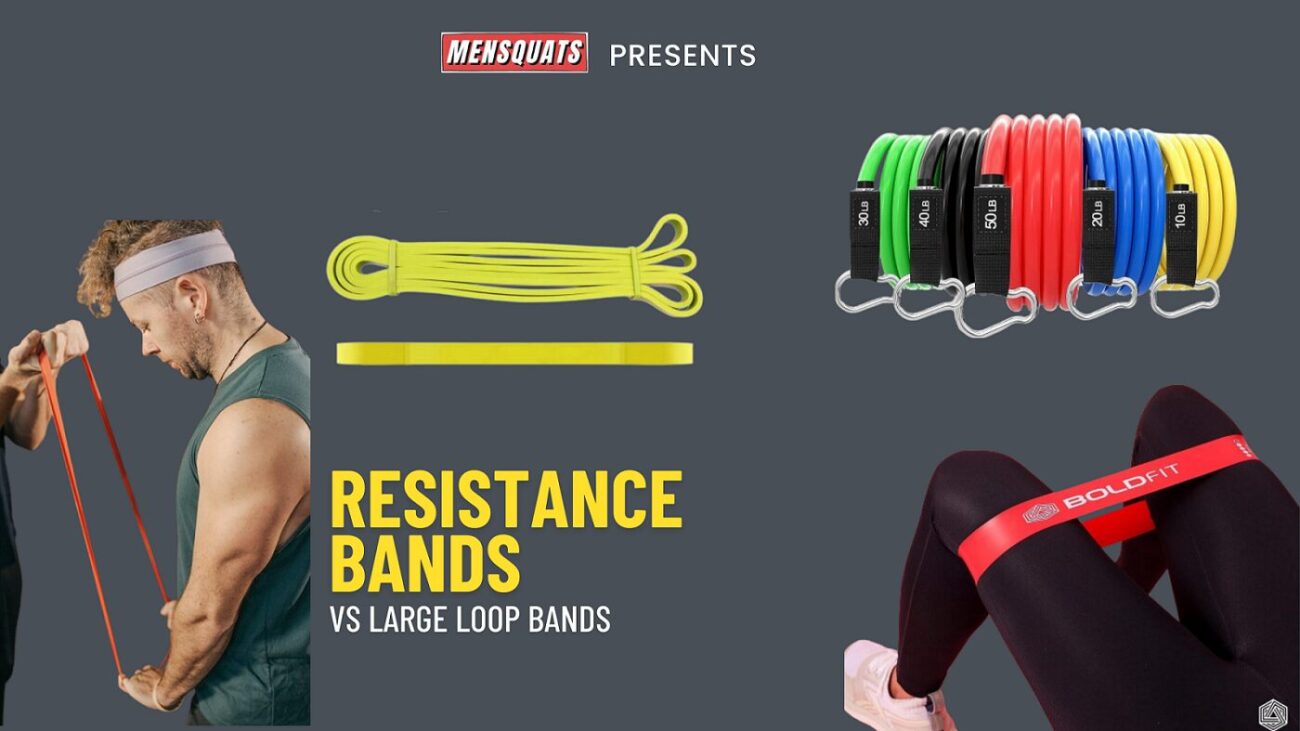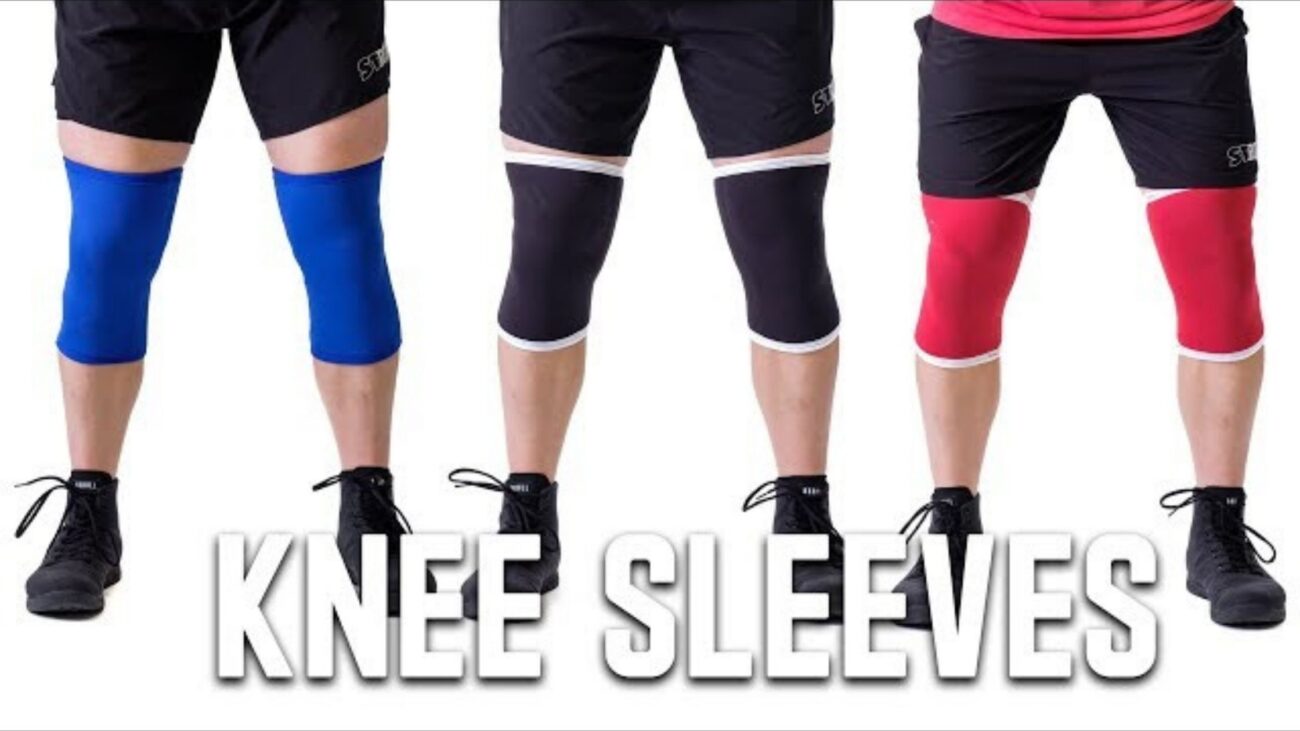(Guide on) Best Rubber Mat Flooring For Home Gym in India.
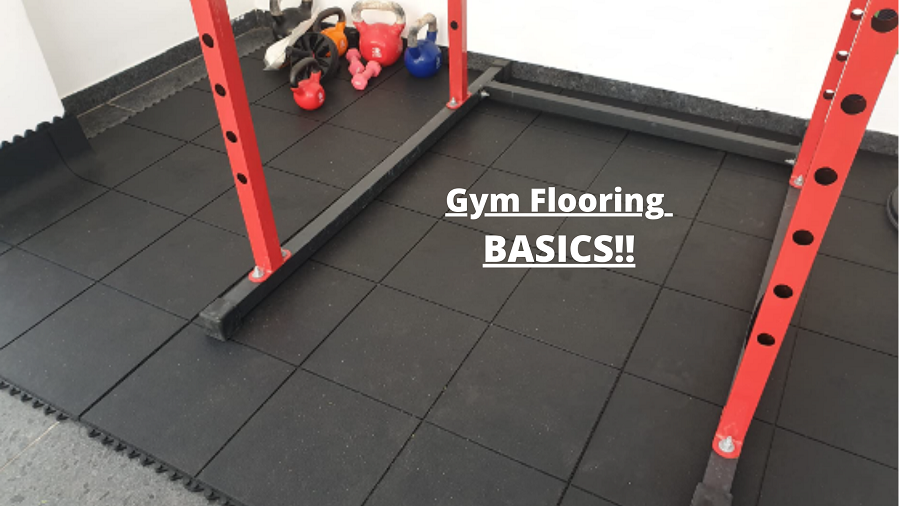
Have you ever worked out on a slippery surface or a hard concrete floor? It’s not only risky but also uncomfortable.😊 Whether you’re a seasoned fitness enthusiast or just starting to design your home gym, having the right rubber mat flooring for home gym is essential.

It not only offers a solid and secure base for standing, it may also protect your gym equipment from harm. Yet, with so many alternatives available, choosing the ideal rubber gym flooring for your training area can be difficult. 🙂
In this article, we help you navigate the world of home gym flooring in India so you can get it right the first time.
✔️ We'll go over the various kinds of rubber gym flooring in India that are available, things to think about when choosing, the best or cheap floor mats for home gym for your unique needs, and how to install and maintain your flooring.
Best Gym Flooring in India
Watch this beautiful mats video! This is what I have in my home gym.
You may also check other gym tiles/ mats which are equally good for your space. Buy them below from Amazon.
| Rank | Picture | Name | Rating | Shops |
|---|---|---|---|---|
| #1 |  |
| Check Price | |
| #2 |  | Kobo Puzzle Exercise Mat | Check Price | |
| #3 |  | USI UNIVERSAL SUPERTUF Rubber Tile (10MM and 20MM) | Check Price | |
| #4 |  | LEEWAY Puzzle Exercise Mat, Interlocking floor mats | Check Price | |
| #5 |  | SIGNATRON Exercise Puzzle Gym Mat | Check Price |
You can also send me a WhatsApp message to help you out in the best way possible.
Types of Gym flooring
Before choosing a type of gym flooring in India, it’s important to take into account your unique needs as each type of flooring has its advantages and disadvantages.
👌 Here’s an overview of the most popular types of rubber floor tiles for home gym in India:
1. Rubber Flooring:
Rubber flooring is a popular option due to its durability and shock-absorbing qualities. Because it comes in rolls or interlocking tiles, it is simple to install and can be tailored to fit any room.
✔️Rubber flooring is perfect for exercise spaces on the second level because it also provides good noise suppression. On the negative side, some people find the rubber scent to be off-putting. It can be extremely pricey and heavy.
👍 Overall, rubber flooring offers the best combination of durability, noise reduction, and safety characteristics for home gyms. It is suitable for heavy equipment and high-impact exercises and is provided in both rolls and interlocking tiles.
2. Foam Flooring:

Because it is inexpensive, lightweight, and simple to install, foam flooring is another preferred alternative for home gyms. It is offered in a range of thicknesses and colours in interlocking tiles.
✔ Foam flooring is also excellent for protecting joints during exercises with strong impact.
However, it may need to be updated more regularly because it is not as resilient as rubber flooring. 😊
3. Vinyl Flooring:

Available in sheets or tiles, vinyl flooring is a practical choice for home gyms in India. It’s a fantastic option for high-traffic areas because it’s simple to maintain and clean.
You can personalise your training area by choosing from a choice of colours and patterns.
Yet, it may not provide as much stress absorption and is not as resilient as rubber flooring.
4. Carpet Tiles:
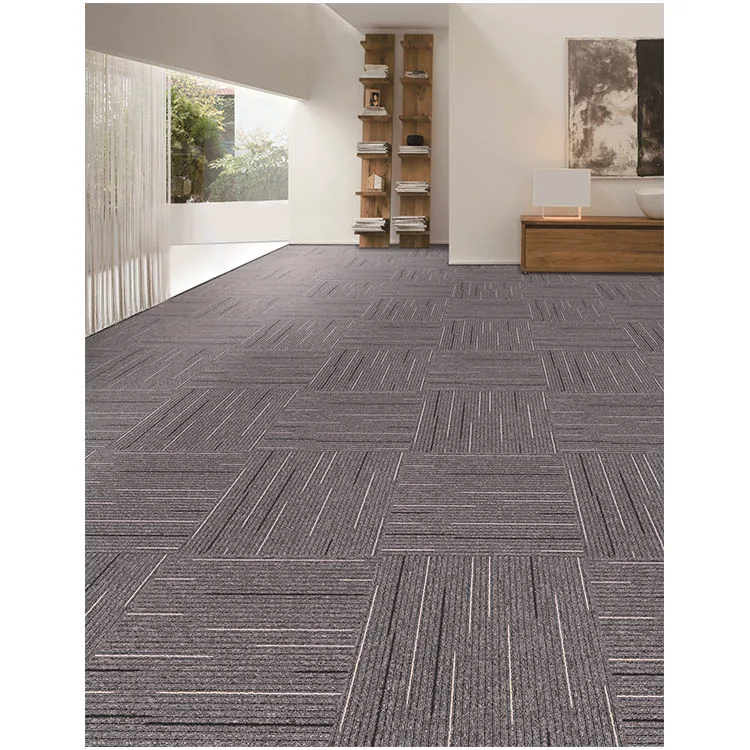
For people who want a softer surface for their workouts, carpet tiles are a fantastic option. They are simple to install and replace and come in a range of colours and designs.
✔️ Carpet tiles are perfect for basement training spaces because they provide excellent noise reduction and insulating qualities.
👍 However, if you perspire a lot while working out, carpet flooring won’t be as sweat and stain-resistant as other flooring options and might be challenging to clean.
Also, Read our TOP Blog on “Building Home Gym”:
1. 15 Ways To Pick The Right Weight Plates For Home Gym in India?
2. How To Build A Cheap Home Gym In India (Step by Step Guide)
3. Building A Home Gym On A Budget in India? Get These 5 Things
Factors to Consider When Choosing Home Gym Flooring
😊 Choosing the perfect rubber mat flooring for home gym requires taking into account a number of variables that may affect how you work out.
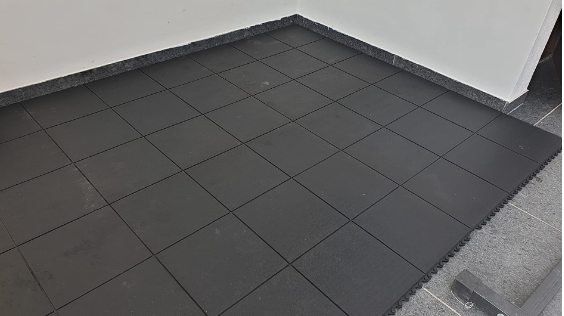
✅ Here are four key considerations to keep in mind:
1. Budget
Your budget is one of the most important aspects to take into account.
It’s important to decide how much you’re willing to spend because different flooring options have different pricing points.
Remember that even while some flooring choices may cost more up front, they can end up saving you money in the long term since they last longer and require less upkeep.
Foam gym flooring may be an excellent alternative if you have a limited budget because it is less expensive than rubber flooring.👌
2. Durability:
Your flooring will need to be able to handle a lot of wear and tear depending on the workouts you’ll be undertaking.
When choosing flooring for your gym, take into account the kind of equipment you’ll be using and how many people will be using it.
Flooring that is durable will last longer and require less replacement time.
✔️Rubber flooring can be a good option if your gym has heavy equipment like a power rack and a lot of foot traffic because of its longevity.
3. Noise reduction:
If your workout area is on the second story, loud noises and disruptions can come from hard surfaces like concrete or tile.
To reduce noise and prevent upsetting your neighbours or other people in your home, think about choosing a flooring material with noise-reducing qualities, such as rubber or foam.
Carpet tiles will offer the best noise reduction.
4. Safety:
The danger of slips, falls, and injuries during your workouts might be influenced by the type of flooring you select.
To lower the danger of accidents, look for flooring alternatives that provide excellent traction, shock absorption, and stability.
Choosing the right flooring material with strong traction, like rubber, will help lower the chance of slips and falls during workouts.
Installation and Maintenance of Home Gym Flooring

Buying the right gym flooring is just the first step.
To ensure the durability and effectiveness of home gym flooring, it is crucial to install and maintain it properly.
🔥 Here’s an overview of how to set up and care for the 4 main types of cheap floor mats for home gym:
1. Rubber Flooring
✅ Installing rubber gym flooring is not too difficult, especially if you use interlocking tiles. 👌
The typical installation instructions are as follows:
- Properly clean the subfloor to make sure it is smooth and free of debris.
- Measure the area and mark the centre to make sure the tiles are installed equally.
- Lay down the tiles, starting from the centre and interlocking as you progress.
- Use a utility knife or saw to trim any tiles that need to fit around the room’s perimeter.
- Trim any extra tiling along the edges once all of the tiles are in place.
Rubber flooring needs to be kept dry and clean to prevent mold and mildew formation. Sweep or vacuum the floor frequently to get rid of dust and dirt. Spills should be cleaned up right away with a moist towel or mop; avoid using harsh chemicals that can harm the rubber.
2. Foam Flooring
✅ Foam flooring is the easiest to install, requiring a few easy steps to complete:
- Thoroughly clean the subfloor to make sure it is smooth and free of debris.
- Arrange the foam tiles to make sure they cover the area completely.
- Begin interlocking the tiles, starting from one corner and working your way outward.
- Use a utility knife or saw to trim any tiles that need to fit around the room’s perimeter.
Foam flooring should be regularly vacuumed to remove dust and debris. When cleaning, stay away from using abrasive scrubbers or harsh chemicals because they can harm the foam.
3. Vinyl Flooring
✅ Vinyl flooring is available as sheets or tiles.
Here’s how to install it:
- Thoroughly clean the subfloor to make sure it is smooth and free of debris.
- Measure the space and then cut the vinyl sheets or tiles to fit.
- Lay the vinyl in place, smoothing down any air bubbles or wrinkles, and then apply glue to the flooring.
- Using a utility knife or saw, cut any vinyl so that it fits around the room’s perimeter.
Regular sweeping or vacuuming is required for vinyl flooring upkeep in order to remove dust and debris. Spills and stains can be removed using a damp mop or towel and a mild detergent. Avoid using aggressive chemicals or abrasive scrubbers that could harm the vinyl.
4. Carpet tiles
✅ Carpet tiles are relatively easy to install and can be done in just a few simple steps:
- Thoroughly clean the subfloor to make sure it is smooth and free of debris.
- Arrange the carpet tiles to completely cover the area..
- Start at one corner and work your way outward as you peel off the backing and paste the tiles into position.
- Using a utility knife or saw, trim any tiles that need to fit around the room’s perimeter.
Vacuuming frequently is necessary for proper carpet tile maintenance in order to get rid of dust and dirt. Clean up any spills or stains on the spot with warm water and a mild detergent. An advantage of carpet tiles is that it is relatively easy to install new tiles in place of damaged ones.
Adding a gym turf area
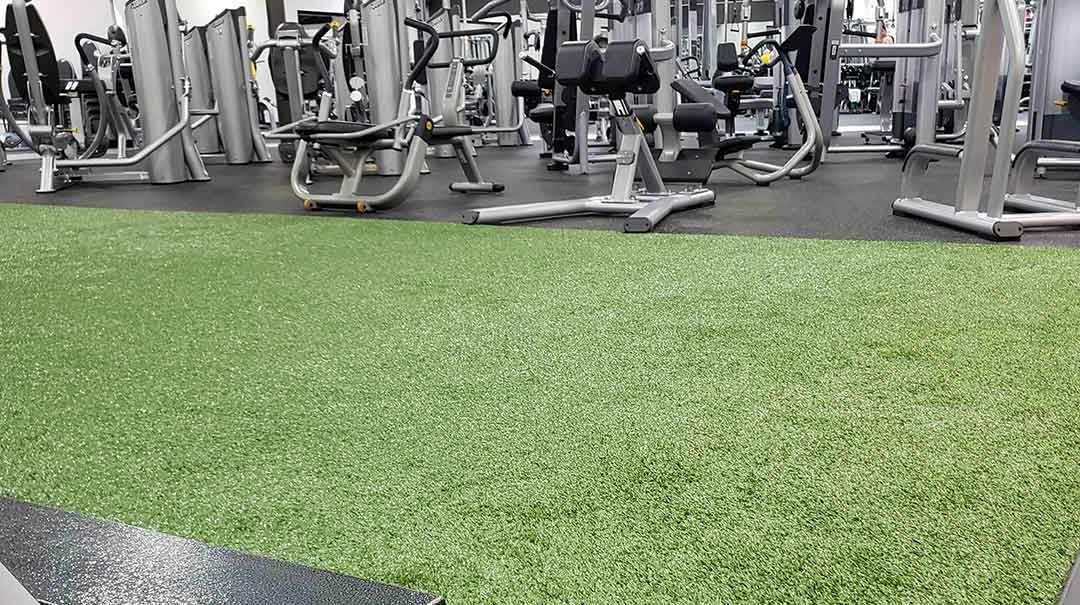
Gym turf flooring is a preferred choice for home gyms, particularly for those who want to include functional training into their workouts.
✔️ Depending on the size of your home gym, you may even choose to have a dedicated functional training area with turf flooring, while the rest of the gym has rubber, vinyl, carpet or foam.
Pros
- Gym turf flooring’s versatility makes it perfect for functional training exercises including sled pushes, agility drills, and HIIT sessions.
- Gym turf is a sturdy alternative for home gyms since it is made to endure heavy equipment and high foot activity.
- Gym turf has great shock absorption, which lessens the impact of high-impact activities on your joints.
- Gym turf seldom needs to be vacuumed or swept, making it simple to maintain.
Cons
- Installing gym turf flooring can be difficult. It may call for a flat, well-prepared subfloor and professional installation.
- Gym turf can be more expensive than other types of flooring, particularly if you need to cover a sizable area.
- Use is restricted since gym turf was created only for functional training and might not be appropriate for other sorts of exercises.
🔥 Make the most of your new gym space. If you’re frustrated with being skinny-fat, here’s a really good guide on that.
Flooring maintenance tips
Conclusion
Selecting the rubber mat flooring for home gym is essential for setting up a safe, comfortable, and efficient workout area. When choosing from the many options available, it’s crucial to take your budget, durability, noise reduction, and safety into account.🙂
For optimal longevity, a reduction in noise, and safety, rubber flooring is the ideal choice, while foam flooring is a lightweight, economical alternative.👌 While carpet tiles are a great choice for noise reduction and insulation, vinyl flooring strikes a decent mix between affordability and durability.
✔️ Investing in high-quality gym flooring will help you reach your fitness goals and provide a facility you can enjoy for many years to come.
FAQs on gym flooring.
Q1: How to Make a Home Gym Floor?
To make a home gym floor, follow these steps:
- Determine the space: Assess the available area in your home for the gym.
- Choose the flooring material: Select a material like rubber, foam, vinyl, or interlocking tiles based on your needs and budget.
- Prepare the subfloor: Clean and repair the subfloor as needed.
- Measure and cut the flooring material: Measure the dimensions of your gym area and cut the flooring material accordingly.
- Install the flooring: Follow the manufacturer’s instructions to install the flooring material.
- Secure or interlock the flooring: Ensure the flooring stays in place during workouts.
- Add finishing touches: Consider baseboards or edge ramps for aesthetics and safety.
Q2: How Thick Should a Rubber Gym Floor Be?
Generally, rubber gym mats come in thicknesses ranging from 6 mm to 20 mm (1/4 inch to 3/4 inch).
Here are some guidelines to consider when choosing the thickness of rubber gym mats in India:
- Light Fitness Activities: For activities that involve light weights, stretching, or bodyweight exercises, a 6 mm to 8 mm thick rubber mat may be sufficient. These mats provide a basic level of cushioning and floor protection.
- Moderate Weightlifting and Cardio: If your gym includes moderate weightlifting, resistance training, or cardio exercises, it’s recommended to use rubber mats that are 10 mm to 15 mm thick. These thicker mats offer better shock absorption, reducing the impact on joints and equipment.
- Heavy Weightlifting and High-Impact Activities: For areas where heavy weightlifting, Olympic lifting, or high-impact activities like CrossFit are performed, it’s advisable to use thicker rubber mats. Mats with a thickness of 15 mm to 20 mm provide superior shock absorption and can withstand the impact of dropped weights.
Remember, thicker mats generally offer better shock absorption and protection, but they can also be more expensive.
Q3: Can I Build a Gym on the Second Floor?
Yes, building a gym on the second floor is possible. Consider these factors:
- Structural integrity: Ensure the floor can support the gym equipment and added load. Consult a professional to assess the load-bearing capacity.
- Noise and vibration: Use gym mats or rubber flooring to minimize noise and vibrations for lower floors.
- Impact on the building: Protect the subfloor and address any potential damage from intense workouts or weights being dropped.
Q4: How Much Does a Gym Floor Cost?
Here are some common types of gym flooring and their approximate costs in India:
- Rubber Flooring: Rubber flooring is a popular choice for gyms due to its durability, shock absorption, and ease of maintenance. The cost of rubber flooring can range from ₹150 to ₹600 per square foot, depending on the thickness and quality of the rubber.
- PVC/Vinyl Flooring: PVC or vinyl flooring is another common option for gym floors. It offers good traction, easy cleaning, and comes in various colors and patterns. The cost of PVC flooring typically ranges from ₹100 to ₹400 per square foot.
- Wooden Flooring: Hardwood flooring provides an elegant and natural look to the gym. However, it is generally more expensive compared to rubber or PVC flooring. The cost of wooden flooring can vary significantly based on the type of wood, quality, and installation requirements. On average, hardwood flooring can cost anywhere from ₹400 to ₹1,500 per square foot.
- Interlocking Tiles: Interlocking tiles are a cost-effective option for gym floors. These tiles are made of materials like rubber, foam, or PVC, and they can be easily installed and replaced if damaged. The cost of interlocking tiles can range from ₹100 to ₹400 per square foot, depending on the material and quality.
Additionally, installation costs, transportation, and any additional features or customization can also affect the overall cost of gym flooring in India.
Also, Read our TOP blogs:
1. How to Choose Power Rack For Gym India? (10 Point Checklist)
2. How to Build a Home Gym in India
That’s all for now. Thanks for reading!!
If you liked our blog on “Best Rubber Mat Flooring For Home Gym in India” please share it with your beloved friends or on your timeline.
Send a WhatsApp message or Instagram DM: _mensquats_ if you need my help!
Subscribe to our newsletter!
